«Amerikansky tovarishch! Amerikansky tovarishch!» The members of the Soviet brigade of the 1st Guards Tank Army that was crossing Poland towards Berlin in mid-January 1945 could not believe what they saw:instead of German forces ready to stop the column, a soldier with the A US Army uniform had just come out of a barn waving his arms as he brandished a pack of Lucky Strikes and asked to join them. The scene must have been especially curious considering that the command of those tanks was not in the hands of a normal officer but of a woman, Aleksandra Samusenko, the first to be a tank commander and to whom we recently dedicated an article.
The American in question was Sergeant Joseph R. Beyrle, of the 101st Airborne Division, who had just escaped from the Stalag III-C and, knowing that the Soviets were approaching, had chosen to continue his escape to the east, trying to contact them, to avoid falling back into enemy hands. Among other things, because the execution was at stake, since it was the third escape that he had carried out in the last seven months, since he was captured, and the Gestapo had already been about to finish him off the last time.
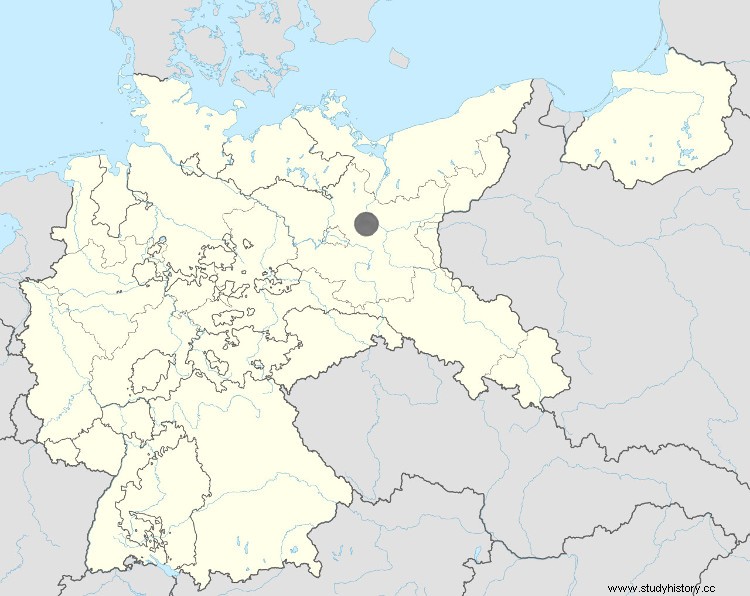
Beyrle, born in 1923 in Muskegon, a small town in Michigan overlooking the homonymous lake, abandoned a university scholarship - obtained thanks to exceptional sports qualities for baseball - to enlist in 1942, like so many young people of his generation and despite being colorblind . Attached to the 506th Parachute Infantry Regiment, he was trained at the Tocca Academy (Georgia) as a radio technician and went on to be a demolitions specialist. He substituted in jumping practice for many teammates who feared getting injured and not being sent to the front, earning him the nickname Jumpin Joe. In the end he was posted to Ramsbury Air Base (England), where he was concentrating Allied troops to be used in the continental invasion.
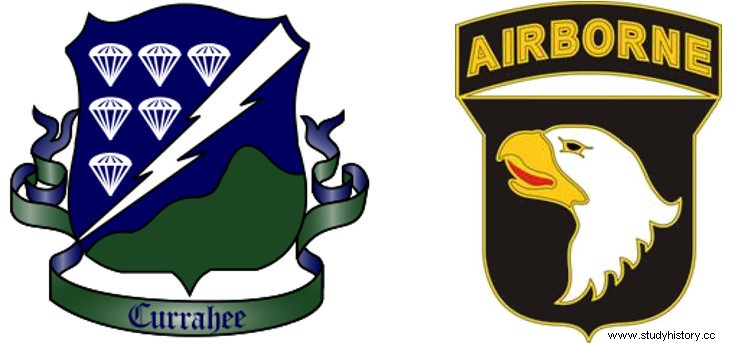
But he went into action earlier, on two missions in still-occupied France during the spring of 1944, contacting the French Resistance in Alençon and Normandy to give them funds (in the form of gold coins) to finance support for the imminent landing. This one took place on June 6, the famous D-Day, on the beaches of the Channel and Beyrle took part in it aboard a Douglas C-47 Dakota :The plane crossed the German anti-aircraft fire barrier and ended up hit, so the paratroopers it was carrying had to jump from a very low height, about one hundred and twenty meters.
They were scattered over a fairly large area of Saint-Côme-du-Mont, a commune in the Manche department, and some remained isolated. It was the case of Beyrle, who after landing on the roof of the church, dodging the bullets that were fired at him from the bell tower and unable to contact his companions, decided to go ahead and act on his own by carrying out sabotage behind the German lines to hinder his defending; Among them, he highlighted the blasting with grenades of a power plant. But his situation, alone in enemy territory, was very difficult and it was a matter of time before he would fall prisoner; It happened a few days later and they took him to Saint-Lo.
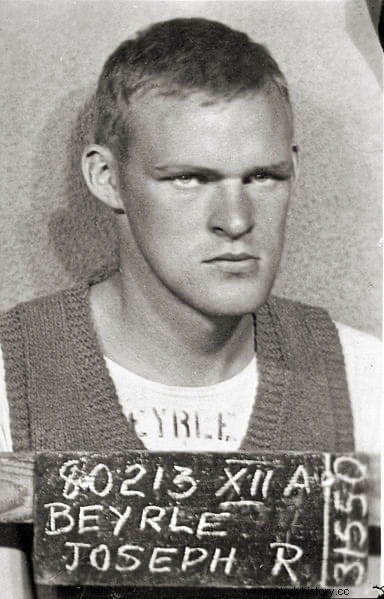
There began the unusual episode of his escape:transferred from prison to prison for seven months, the daring Beyrle managed to escape twice, although he was recaptured both times. In the first one, he took advantage of an attack during a transfer on foot to run away with two companions, whom he ended up leaving behind thanks to his physical prowess. The second was so outrageous that, after bribing the fence guard with several packs of cigarettes and running away, he and two other colleagues took a train to Poland but mistakenly boarded another to Berlin. That caught the attention of the Gestapo, who did not exactly treat him friendly; Considering him a spy-he had exchanged his uniform for civilian clothes and also knew German because his grandparents were Bavarian immigrants-and after the corresponding interrogation, including torture, the Nazis prepared to put him to death.
However, a conflict of powers saved his life:it was shown that he was really just an escaped and disguised prisoner of war; consequently, the political police lacked jurisdiction over him. Thus, Beyrle and his comrades saved their skins in extremis ... and he, unattainable to discouragement, was able to start projecting a new attempt to escape. Third time would be the charm. He was interned in Stalag III-C, a concentration camp for Allied prisoners that was located in eastern Germany, on a plain next to the town of Alt Drewitz bei Küstrin, currently renamed Drzewice and belonging to Poland.
Thousands of Polish, British, French, Belgian, Yugoslav and, since 1943, even Italian soldiers and NCOs were held there; from 1944 they began to take Americans. There were also Soviets, although most died because they received much harsher treatment. The lower-ranking soldiers - below the rank of sergeant - were then sent to the arbeitslager , forced labor camps, such as kriegsgefangenenarbeitskommandos; the Geneva Convention allowed this as long as they were treated fairly. They worked on farms and industries and received packages from the Red Cross.
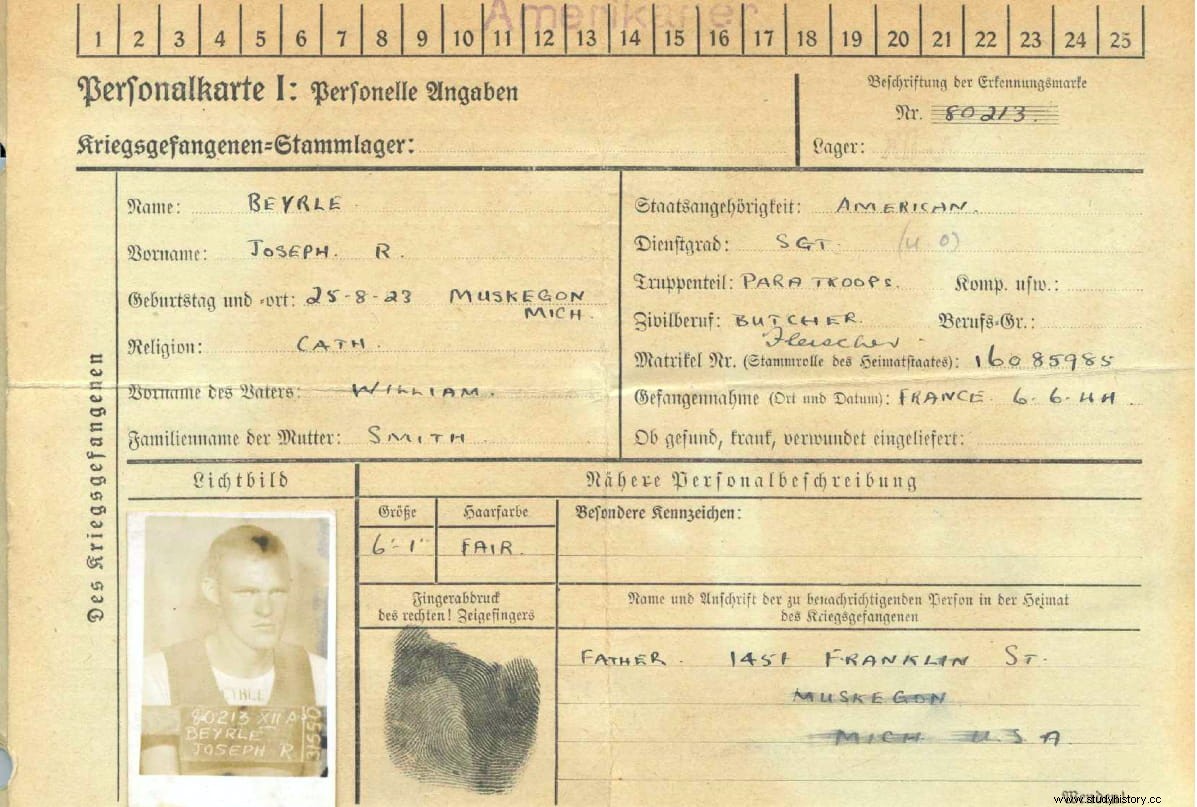
As Beyrle was a fourth-grade technician -equivalent to a sergeant- he got rid of that and was able to plan his new escape, which he carried out in early January 1945 hidden in a barrel with the same companions as before. They were shot to death when discovered but he was able to get to safety by throwing off their pursuers' dogs by walking through a stream.
At this point in the war, everyone knew that victory was near and that the Soviets were advancing unstoppably towards Germany, so logic dictated fleeing towards them. It was what he did for three days, achieving his goal in the raucous way we saw at the beginning. Aleksandra Samusenko agreed to his request to induct him into the ranks and was tasked with serving a machine gun from a Sherman tank. (USA had sent units of this model to the USSR as material aid). Thus, Joseph Beyrle became the only known soldier who fought in both the American Army and the Red Army during World War II.
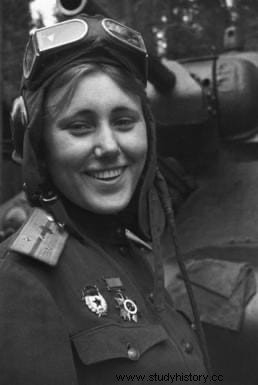
He alone had to do it for a month because in early February he was injured during an attack by some Stuka , although he had previously had time to demonstrate his courage in various combats and his ability in demolitions, including blowing up the safe of a German Stalag III-C commando, which ironically they had to liberate; surely it amused him to see that he had risked his life when he would have obtained his freedom by waiting a few weeks. For this collaboration he received the Order of the Great Patriotic War, which was awarded to all members of that tank brigade. In any case, after the aerial bombardment he had to be evacuated to the rear and admitted to a field hospital set up in the German city of Landsberg an der Warthe, today's Polish Gorzów Wielkopolski.
Convalescing from his wounds, he received a visit from Marshal Zukhov himself, who was struck by the knowledge that there was an American patient among his men. Zukhov spoke with him for a while through an interpreter and then arranged for the corresponding documentation to be delivered to him so that he could return to his country. Once discharged, Beyrle arrived at the US embassy in Moscow to discover that he was officially considered dead and a funeral had even been held in his hometown, since on that last mission before being arrested he had lost his plates. identification and were found next to a disfigured corpse. Therefore, it was necessary to carry out an investigation to verify such an amazing story until the analysis of the fingerprints finally resolved any doubts.
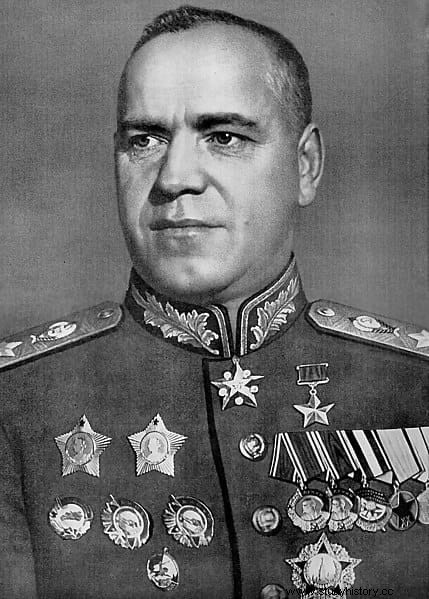
He returned home on a very long naval voyage (Odessa-Istanbul-Port Said-Naples-USA) but just in time to participate in the celebrations of May 8, Victory in Europe Day (the war continued in the Pacific against Japan) , marrying Joanne Hollowell the following year in the same Muskegon church where his funeral services had previously been held. The marriage had two sons and a daughter:the eldest fought in Vietnam in the same 101st Airborne Division as his father and the other, curiously, was the US ambassador to Russia between 2008 and 2012.
Surely the old sergeant would have liked it, because this country had awarded him in 1994 what was his eighteenth decoration, the Order of Friendship of Peoples, through the mediation of President Boris Yeltsin (in the company of Bill Clinton, since the setting was the White House), on the occasion of the 50th anniversary of the Normandy landings. But he didn't get to see it; He died of heart failure on December 12, 2004, while visiting his old skydiving academy with other veterans. He today rests in Arlington Cemetery.
